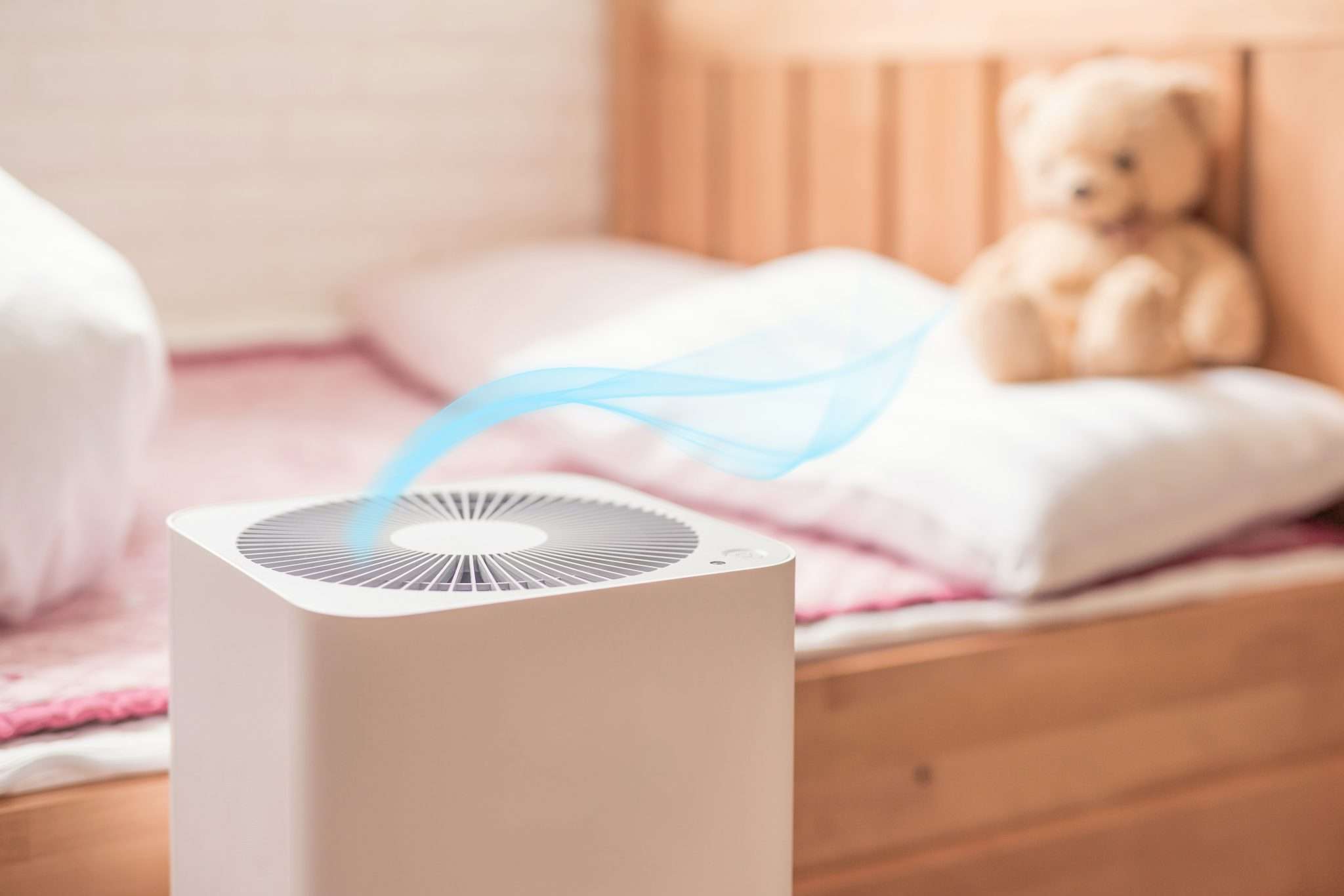‘Our personal consumer choices have ecological, social and spiritual consequences. It is time to re-examine some of our deeply held notions that underlie our lifestyles’. David Suzuki
An important factor of a healthy building is the quality of the air we breathe. As a Building Biologist our aim is to create homes that will support and nourish you today and in the future.
We view our homes as living organisms and we refer to them as our third skin. This holistic approach encourages us to be conscious and aware of the choices we make in regards to our environment on a daily basis. Today we spend a lot of time indoors and if like me, you work from home and have young children well over 90% of your time can be spent at home.
Our modern way of life can contribute to ill health and our homes can play a big part in this. Today chemicals are in everything such as building materials, clothing, bedding, furnishings, cleaning products and the list goes on. However it is often when we are making changes to our lives and our homes that these VOCs can be introduced in large numbers. The CSIRO completed a study that showed high levels of VOCs present a year after construction was finished.
Volatile Organic Compounds (VOCs) are found in a range of products, such as paints, adhesives, fabrics and wood preservatives, and they become airborne at room temperature. Formaldehyde is found in manufactured wood products such as particleboard, plywood, MDF. This is a known carcinogen and is banned in some countries but is used extensively in Australia. We are all familiar with the smell of a newly painted home, floors finished with polyurethane or the cleaning isle in the supermarket. That smell is actually a cocktail of chemicals that are off gassing from the material into the environment.
When we are exposed to chemicals it is never just one it is always in multiples. The synergist effects of these are relatively unknown and unable to be measured. Common symptoms from exposure to VOC’s can include eye, nose and throat irritation, nausea, coughing, confusion, fatigue, dizziness, headaches and memory impairment (EPA 2012).
Recently I have had a client who had just finished a renovation to her home. It included new cabinetry, renovated bathroom, painting and some new upholstered furniture. Days afterwards both herself and her children were suffering from some of the symptoms mentioned above. Investigating these types of products and finishes beforehand gives you the opportunities to choose healthier alternatives.
If you are in the market to buy new furniture or doing renovation work, some elements to consider are:
- Query what, where and how the product was made.
- Imported pieces are often fumigated so opt for local and Australian made.
- Avoid MDF furniture and opt for natural wood finished in natural oils.
- The more natural and untreated a fabric is the better it is for your health. Look for fabrics such as organic cotton, hemp, wool and latex.
- When painting, opt for plant based, zero or low VOC paints, adhesives and sealants.
- Use indoor plants to help purify your air.
- Lastly use natural ventilation, open your windows whenever possible.
The best way we can control our indoor air is to use low or ideally non-polluting building materials and products that allow our buildings to breathe. Understanding the choices available gives us the tool and the knowledge to make better choices. Even the smallest decisions we make can enhance our wellbeing, improve the health of our kids, our homes, our planet and ourselves.

